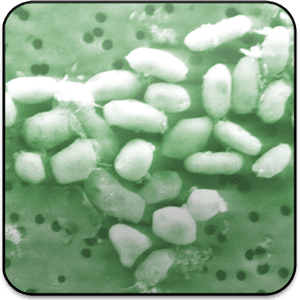 Every so often we like to toss a space-related story your way to break up the monotony of new product releases, announcements of those products winning awards, and subsequent price reductions on those products.
Every so often we like to toss a space-related story your way to break up the monotony of new product releases, announcements of those products winning awards, and subsequent price reductions on those products.
This time around, it seems NASA scientists have found a type of bacterium whose DNA differs from all other life on the planet.
All life on Earth is made of six components: carbon, hydrogen, nitrogen, oxygen, phosphorus and sulfur. The DNA of every living organism—plants, animals, microbes—is made up of these six elements.
Every organism, that is, except for this newly-discovered bacterium.
Much like the Horta from Star Trek was silicon-based instead of carbon-based, this newly discovered bacteria replaces the phosphorus normally found as part of the DNA backbone with an element in the same column of the Periodic Table: arsenic.
Phosphorus is an integral part of all living organisms, down to the cellular level. It is the “P” in ATP, the coenzyme used for intracellular energy transfer – used for important things like metabolism.
However, NASA scientists, working with microbes from poisonous Mono Lake, California, were able to cultivate these bacteria in an environment with very little phosphorus but high in chemically-similar arsenic. After removing the phosphorus completely, the bacteria still multiplied. Examination showed that the bacteria were using the arsenic in place of the phosphorus.
Effectively, the bacteria was partially composed of arsenic, something that was previously thought to be impossible.
This affects many aspects of science, from organic chemistry to the search for life on other planets. By expanding the “requirements for life” and not just restricting it to Earth-like environments, it widens the opportunity to possibly finding life on other planets.
For more information on this new discovery, check out the NASA Astrobiology Blog.









